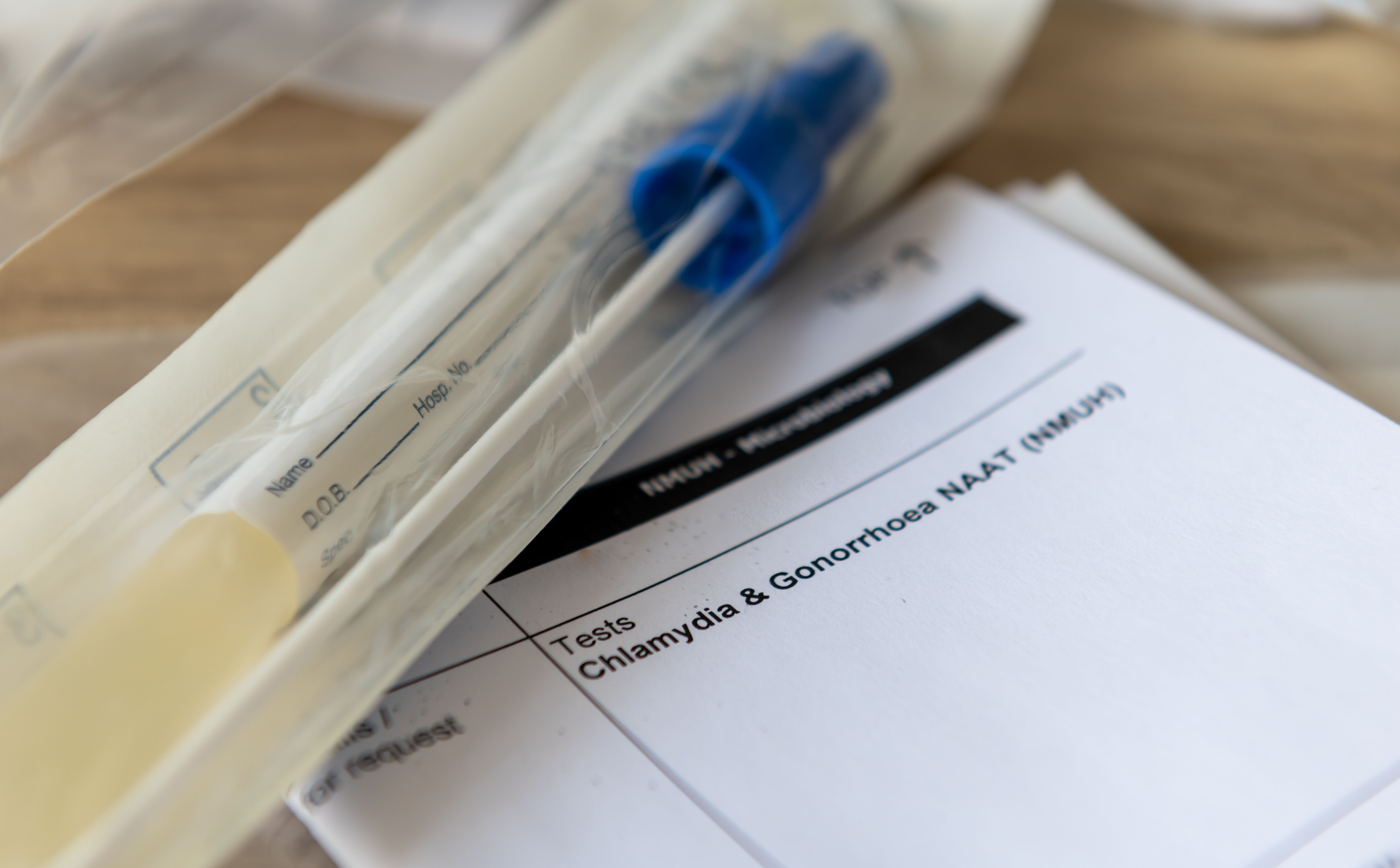The Centers for Disease Control and Prevention (CDC) released the Sexually Transmitted Infections Surveillance, 2022, containing the most recent and complete data on sexually transmitted infections (STIs).1
Takeaways
- The CDC's 2022 STI surveillance report highlights a significant increase in syphilis and congenital syphilis cases, underlining the urgent need to prioritize STIs in public health.
- Syphilis and congenital syphilis are identified as ongoing epidemics, with cases rising by 78.9% and 183.4%, respectively, from 2018 to 2022.
- Gonorrhea cases see an 8.7% decline since 2018, the first in over a decade, while chlamydia cases remain stable, increasing by only 0.3% from 2021 to 2022.
- The pandemic disrupts STI prevention and care activities, initially causing a dip in cases in early 2020, followed by an increase in late 2020, likely due to healthcare re-openings.
- Reduced cases during the pandemic suggest undiagnosed cases, emphasizing the need for immediate action to enhance STI services and resources for prevention.
Along with providing data on nationally notifiable STIs for federally funded control programs, the report highlights the urgent need to prioritize STIs in public health. There were over 2.5 million syphilis, gonorrhea, and chlamydia cases in the United States in 2022.
The CDC drew attention to syphilis and congenital syphilis as ongoing epidemics, highlighting a need for rapid innovation and collaboration among STI partners. There were 113,739 syphilis cases and 1325 congenital syphilis cases in 2018, compared to 203,500 and 3755, respectively, in 2022. These were increases of 78.9% and 183.4%, respectively.
Additionally, chlamydia cases remained stable and the first reduction in gonorrhea cases in over a decade was observed. From 2021 to 2022, gonorrhea cases decreased by 8.7%, and chlamydia increased by only 0.3%.
This data should be assessed in the context of the COVID-19 pandemic. Prevention and care activities for STIs such as screening and redirection of program resources were disrupted by the pandemic.2
The most noticeable impact was observed in March and April 2020, when quarantine policies led to a significant reduction in STI cases. In late 2020, an increase in cases was observed, potentially caused by the re-opening of health care clinics and patients seeking available care.
A higher total number of reported STIs was reported in 2022 vs 2020, but chlamydia cases remained lower than pre-pandemic numbers. As chlamydia is often identified through screening during routine preventive care visits, reduced screening during the pandemic may be responsible for undiagnosed cases, explaining this decline.
In total, 2,457,137 STI cases were reported in 2018, 2,391,613 in 2020, and 2,505,027 in 2022.1 This was a change of 1.9% and indicated a need for immediate action to utilize STI services and resources to improve prevention of STI cases.
Reference
- CDC’s 2022 STI Surveillance Report underscores that STIs must be a public health priority. Centers for Disease Control and Prevention. Accessed February 2, 2024. https://www.cdc.gov/std/statistics/2022/default.htm
- Impact of COVID-19 on STIs. Centers for Disease Control and Prevention. Accessed February 2, 2024. https://www.cdc.gov/std/statistics/2022/impact.htm

